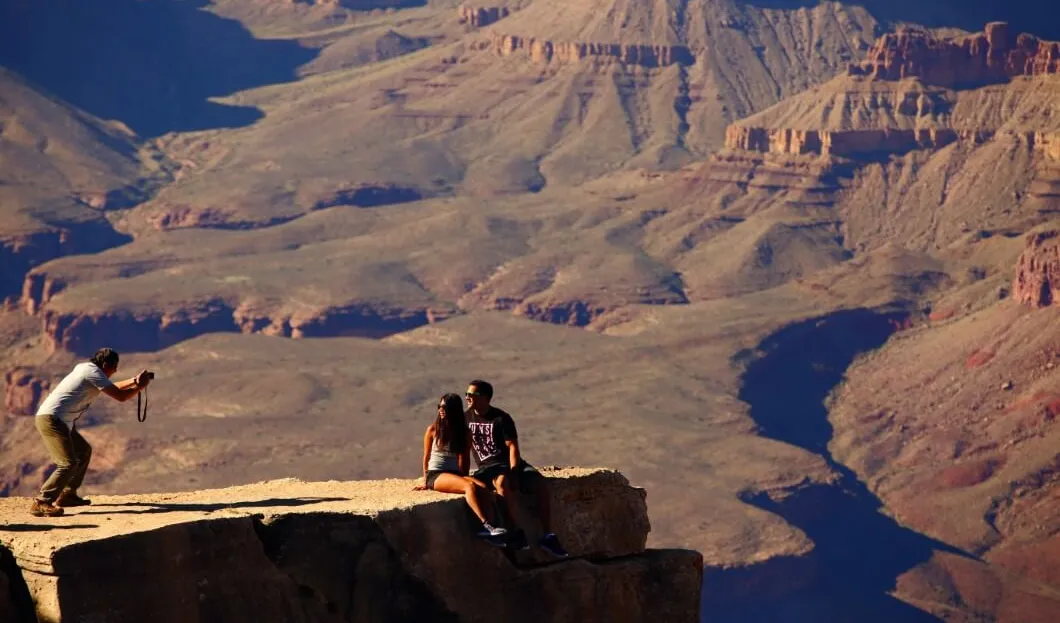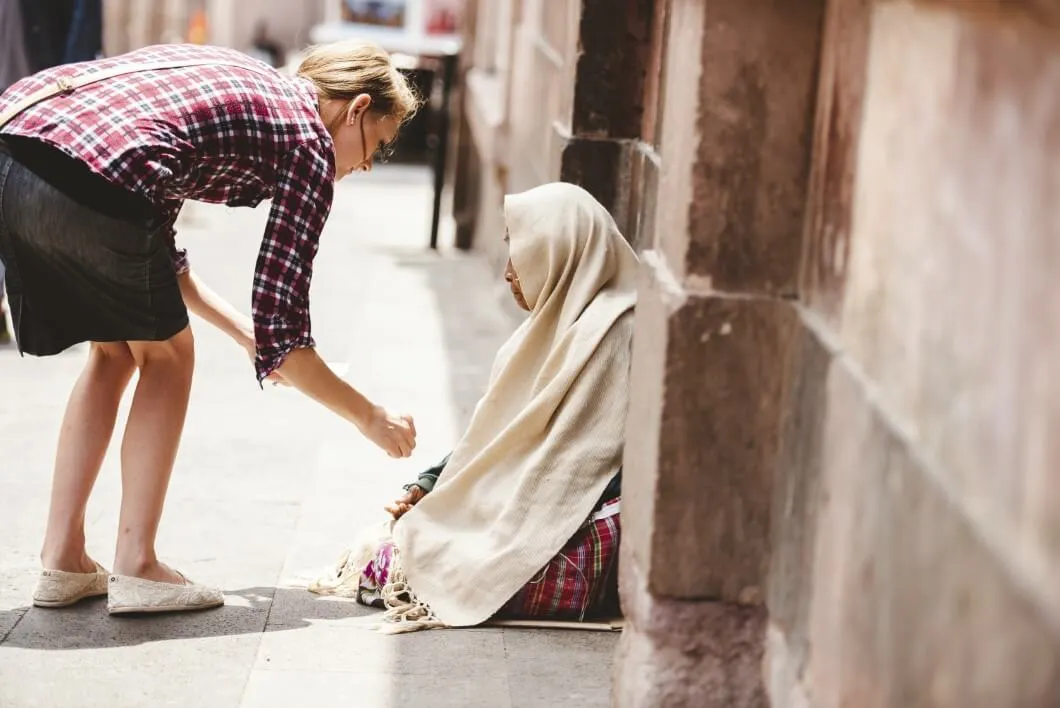
Adventure in the mountains, relaxation on the beach, or sightseeing on a city trip. Holidays are one of the best times of the year. What is less nice, however, is what some tourists do on vacation. In this context, Tourism-Review brings you an overview of things that destroy tourism, as well as nature.
Selfies with the Right Setting
Waterfalls, colorful meadows of flowers or a romantic sunset: the setting has to be right for the right holiday photo. When looking for a photo-suitable travel destination, many tourists are inspired by Instagram. As a result, tourists visit popular Instagram locations in masses - and ruin tourism and nature there.
In 2019, for example, the Walker Canyon in California had to close temporarily. Tourists had left the secured paths of the slope and trampled the orange poppies.
In Holland, authorities have created a Selfie Guide to protect the popular tulip fields. And in Canada, a sunflower farm even closed its doors after the crowds destroyed their fields.
Begging for Money
A phenomenon that can be observed especially in Asian countries is tourists themselves begging the locals for money for their trip.
They sit on the side of the road and put up signs with sentences like: “Help me, I need money for tickets” or “Hello! We travel all over Asia. Please support us if you like what we do”. Another option is also: “I travel around the world without money. Please support my trip”.
There is even a separate term for such people: Begpacker. And the strategy works - the tourists actually get money or food.
A woman from the Philippines explains what is wrong with this trend: “Do you realize how much I have to spend just to get visas to their countries. And they pretend to be needy in a context where poverty means living in inhuman conditions. Begpacking is an insult to us.”

Supporting Cruelty towards Animals
Another phenomenon that ruins tourism and nature is the support of cruelty towards animals. Riding elephants, diving with dolphins, or watching animals are some examples of this. Even if there is a love of animals behind it, the animals themselves suffer.
Elephants, for example, are often beaten with sharp hooks and tamed for the rides using other brutal methods. For dolphins, whales or sharks, the presence of humans is stressful - even if one observes them in their natural environment. When animals are tourist attractions, they are usually exploited.
Taking Dangerous or Fatal Selfies
The photo rage of many tourists is not only a danger to nature - but also to the people themselves. In Galicia, Spain, for example, a turquoise lake attracts numerous visitors. However, the lake is a flooded quarry of a tungsten mine.
Its water is polluted with various heavy metals, which is why it is so blue - and poisonous. Photo tourists who went swimming there reported skin irritation and stomach problems. But the photo was worth it, one of the victims said.
Time and again, people also die trying to take a selfie: This happens, for example, when they want to take a picture of themselves with wild animals, in the water or on a slope - and then something goes wrong. Last year, for example, an Australian couple died in Portugal. The two had apparently fallen down a 39-meter-high wall while trying to take a photo.
Taking Nude Pictures in Temples
Other tourists, on the other hand, are not satisfied with the typical holiday pictures - and prefer to take photos topless, with their pants down or completely naked. They like to choose important sights and temples as backdrops.
In Cambodia, for example, tourists particularly like to undress in the Angkor Wat temple complex. In Cairo last year, a Danish couple climbed the Great Pyramid of Cheops and undressed there. In Malaysia, a British woman posed naked on the top of a mountain that indigenous peoples consider sacred.
Undressing in such places and posting nude photos on social media is disrespectful to the people to whom the matter of the place. In many cases, it is also a criminal offence.
Making a Pilgrimage to Film Sites
Particularly popular travel destinations are areas where famous films or series were shot. However, that can become a problem that destroys tourism in the destination, as the example of Dubrovnik shows.
The small Croatian town is one of the filming locations for Game of Thrones. Since the success of the series, an extremely large number of tourists have been arriving every year - and Dubrovnik is overwhelmed by the crowds.
The authorities had therefore decided to take measures to curb tourism: in the future, only two cruise ships should be allowed to dock every day instead of six. Only 4,000 guests are allowed in the old town and there should be fewer taxis.
But it is not only the crowds that are problematic, but also the way the tourists behave. At one of the Game of Thrones filming locations, for example, some tourists like to go down the stairs naked to re-enact the walk-of-shame scene.
Guides complain that tourists are not interested in the city's history, only about Game of Thrones. "Sometimes people don't understand that we are a UNESCO World Heritage Site and that people live here too, it's not Disneyland or something," said Jelka Tepsic, Deputy Mayor of Dubrovnik.
Another example of film tourism that actually destroys tourism is the Maya Bay Beach on the Thai island of Ko Phi Phi Leh. Scenes for the Hollywood film The Beach with Leonardo DiCaprio from 2000 were shot there.
Since then, the place has become a popular travel destination - with fatal consequences. The tourists left rubbish behind and disturbed the sensitive marine animals in the shallow water and 90 % of the corals were damaged.
In the summer of 2018, an average of 3,500 visitors made the pilgrimage to Maya Bay every day, until the government put an end to it. They closed the beach to the public and tourists are no longer allowed to visit it until 2021. During this time, nature should recover.
Tourism Can Be Beneficial
There is another way to enjoy your vacation. Without harming nature, animals, the environment, or local people. Here are some tips for ‘soft tourism’:
- Avoid rubbish or at least dispose of it properly
- Use public transport instead of taxis to avoid clogging the streets with more cars
- Save water in dry areas
- Avoid activities with animals
- Buy from local family businesses if possible
- Respect the culture and privacy of the locals
- Leave your camera or smartphone in your pocket more often and enjoy the unfiltered impressions
- It is best not to travel by plane – flying is the most climate-damaging means of transport.










